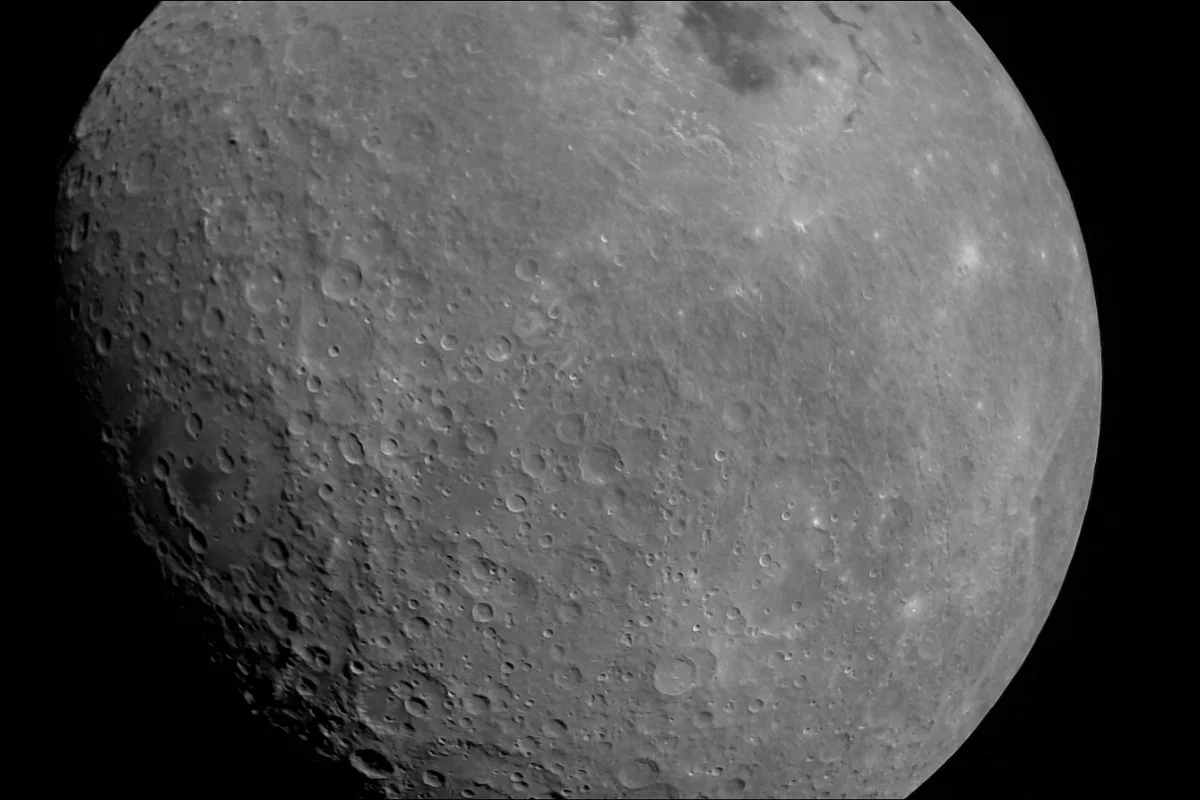On August 23, India achieved a monumental milestone as the Chandrayaan 3 spacecraft executed a delicate and precise soft landing on the moon’s surface. This achievement not only showcases India’s prowess in space exploration but also sheds light on the intriguing distinction between hard and soft landings.
The Triumph of a Soft Landing: Chandrayaan 3’s Gentle Touchdown
The Chandrayaan 3 mission has etched its name in the annals of space history with its softly orchestrated landing on the moon. But what precisely is a “soft landing”? Imagine guiding a spacecraft to the lunar surface with the utmost care, ensuring minimal impact upon contact. Unlike a “hard landing,” which can result in significant damage to both the craft and its payload, a soft landing aims to protect the integrity of the vehicle.
Chandrayaan 3’s success hinges on the interplay of three core components: the indigenous Lander module (LM), the Propulsion module (PM), and a Rover. The LM is equipped with the capability to execute a controlled descent, allowing it to land gently at a predetermined site. Once landed, the Rover is deployed to carry out in-situ chemical analysis of the moon’s surface, unraveling its mysteries.
This intricate dance with gravity necessitates a gradual reduction in speed. By employing reverse thrust, the spacecraft counters the moon’s gravitational pull, achieving a controlled descent that ensures a seamless and secure touchdown.
The ’17 Minutes of Terror’: Navigating a Soft Descent
A crucial phase in the soft landing process is the nail-biting “17 minutes of terror,” a term coined by Indian Space Research Organisation (ISRO) officials. During this period, the spacecraft must execute precise engine firings and maneuvers.
At approximately 30 kilometers above the lunar terrain, the craft maintains a velocity of 1.68 kilometers per second. Here, the thruster engines spring into action, firing retrograde to nullify its velocity. This calculated deceleration ensures the craft comes to a halt just as it approaches the moon’s surface.
The four thruster engines play a critical role in guiding the lander. First, it descends from 30 kilometers to 7.5 kilometers, then to 6.8 kilometers. Subsequently, one engine disengages, and a reverse thrust mechanism initiates a gentle landing. As the lander nears the moon’s surface, onboard cameras and sensors scan for potential obstacles, further ensuring a secure touchdown.
The entire sequence spans around 17 minutes and 21 seconds, constituting the minimum time required for the process. Real-time analysis during this phase can extend it to a maximum of 17 minutes and 32 seconds. The moniker “17 minutes of terror” encapsulates the high-stakes, high-precision nature of this feat.
The Hard Landing Alternative: Speedy Descent with a Purpose
In contrast to the meticulous approach of a soft landing, a hard landing involves descending at a higher rate of speed, often resulting in the destruction of the spacecraft upon impact. Hard landings are intentionally pursued when a craft’s mission objectives are already fulfilled. An instance is Russia’s Luna-25 mission, which concluded with a hard landing after fulfilling its goals.
As India’s Chandrayaan 3 exemplifies the art of a soft lunar landing, it underscores the nation’s capabilities, vision, and dedication to the frontiers of exploration. This achievement not only widens our lunar understanding but also inspires future generations to reach for the stars.
In the grand cosmic symphony, India’s Chandrayaan 3’s gentle lunar touchdown harmonizes with the rhythms of discovery, revealing the intricate dance between technology, science, and human ingenuity.




